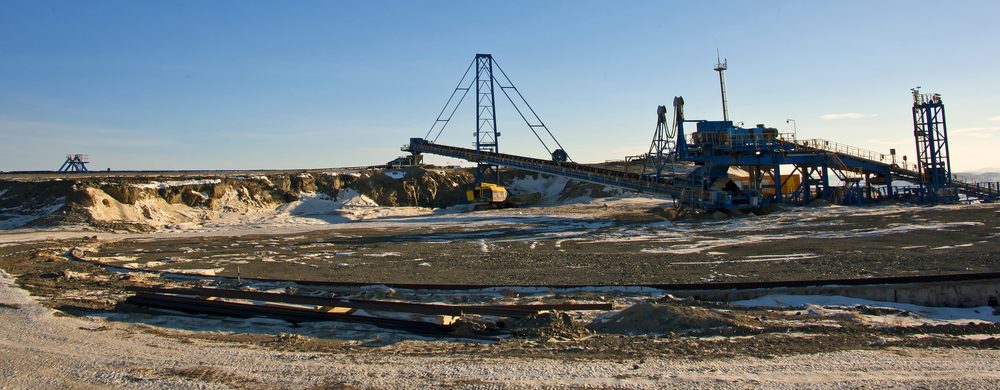Warning: count(): Parameter must be an array or an object that implements Countable in /wp-includes/post-template.php on line 284
Data and statistics
Warning: count(): Parameter must be an array or an object that implements Countable in /wp-includes/post-template.php on line 284

Phosphate rock is the raw matrial from which phosphorus is obtained to provide it to the plants through phosphate fertilizers. It is a mineral that is mined from the Earth.

Production
World production of phosphate rock in 2015 was slightly above 200 mln MT and rose by 30 mln MT in the last 10 years.
The largest producers in the world include China (83 mln MT), United States (27 mln MT), Morocco (26,2 mln MT), Russia (11,5 mln MT), Jordan (8,3 mln MT), and Brazil (5,4 mln MT). Smaller producers include Saudi Arabia, Egypt, Peru, Israel, Tunisia, Vietnam, Australia, Kazakhstan, Senegal, Mexico, South Africa, India, Algeria, and Togo.

Trade
However, many of the main producers, either don’t export at all (China, United States), or export only very little compared to production (Saudi Arabia, Russia, Kazakhstan). In fact, world exports in 2015 amounted only to approximately 30 mln, which is less than 15% of world production. Data for the last 10 years confirms that most production of phosphate rock is consumed domestically and – globally – exports never surpassed 20% of global production. More importantly, although global production of phosphate rock has increased, the amounts available for exports have remained steady around 20-30 mln MT, which may be a disturbing trend for phosphate rock importers, such as the European Union.
The main exporters of phosphate rock are Morocco (8 mln MT), Jordan (4,8 mln MT), Peru (3,8 mln MT), Egypt (3 mln MT), Israel (1,3 mln MT) and Algeria (1,3 mln MT).
The largest importers of phosphate rock are those regions that produce phosphate fertilizers and either do not have domestic phosphate rock deposits (like the European Union) or have insufficient (like Brazil or India). Also, some big phosphate rock producers (like the United States or Brazil) need even phosphate rock than they produce, so instead of exporting, they import even more.
The largest global importers of phosphate rock are India (7,8 mln MT), the European Union (6 mln MT), Indonesia (2,1 mln MT), the United States (2 mln MT), Brazil (1,8 mln MT). Smaller importers include Mexico and Turkey.

Consumption
Phosphate rock is used predominantly to produce phosphate fertilizers (mainly, via phosphoric acid), therefore large consumption of phosphate rock occurs in large fertilizer producing countries and regions.
The largest users of phosphate rock are, therefore China (83 mln MT), United States (29 mln MT), Morocco (18 mln MT), Russia (10 mln MT), India (9 mln MT), Brazil (7 mln MT), European Union (6,8 mln MT). Smaller consumers include Saudi Arabia, Jordan, Tunisia, Australia, Vietnam, Mexico, Israel, Indonesia, Kazakhstan, Senegal, and Egypt.
European Union
As the European Union has only minor deposits/reserves (in Finland), it’s production is only around 900 K MT. Due to large production of phosphate fertilizers in the EU, EU imports of phosphate rock are quite sizeable, around 6 mln MT. The main phosphate rock importing countries in the EU are Lithuania, Poland, Belgium, Bulgaria, Romania and Spain. Most of EU imports come from Morocco (1,6 mln MT), Russia (1,4 mln MT), Algeria (702 K MT), Israel (506 K MT), and South Africa (429 K MT).
